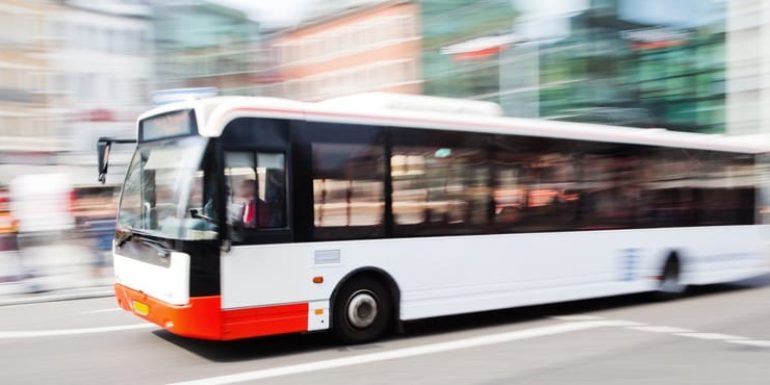
Things to Consider for a New Driver
It’s important to have open and honest conversations with new drivers (young and old) about the responsibilities and potential risks associated with driving. Equipping them with the knowledge and awareness they need will help promote safe and confident driving habits. Below are some important topics to discuss with a new driver to keep them coming home safe:
California Traffic Laws and Regulations
Make sure they understand the importance of obeying traffic laws. This includes speed limits, stop signs, traffic signals, and other rules of the road. Familiarize them with common road signs and symbols, emphasizing the significance of following these guidelines for their safety and the safety of others. The DMV has a great guidebook to help you out.
Defensive Driving is Key to Coming Home Safely
Emphasize the concept of defensive driving, which involves being aware of one’s surroundings, anticipating potential hazards, and proactively taking measures to prevent accidents. Discuss defensive driving techniques such as maintaining a safe following distance, using turn signals, driving the posted speed, and constantly checking mirrors.
Distracted Driving
Explore the dangers of distracted driving, particularly the use of cell phones while behind the wheel. Communicate the advantages of keeping their attention focused just on driving. Encourage them to not text while driving, use social media, or engage in other activities that could lessen their attention from the road.
Impaired Driving
Go over the life-changing consequences and potential risks associated with driving under the influence of alcohol, drugs, or any other substances. Educate your teen about the legal ramifications, as well as the potential for serious injury or even death. Encourage them to make responsible choices and provide alternative solutions such as using designated drivers. We want the driver that we send out to come home safely.
Seat Belt Safety
Emphasize the significance of wearing seat belts at all times while driving or riding as a passenger. Explain how seat belts can significantly reduce the risk of injury or fatality in the event of an accident. Lead by example and always ensure that you and your teen buckle up before starting the car.
Avoiding Distractions
Teach your new driver how to manage distractions while driving. For example, internal distractions may include loud music, conversations with passengers, or excessive multitasking. External distractions can involve billboards, pedestrians, or other vehicles. Remind them to stay focused and maintain their attention on the road.
Road Etiquette and Courtesy
Discuss the importance of being courteous and respectful to other drivers on the road. Teach your new driver about yielding the right of way, merging safely, and keeping the flow of traffic. Reinforce patience and self-restraint while reminding them that being considerate goes a long way in promoting goodwill on the road.
Vehicle Maintenance
Inform your new driver about basic vehicle maintenance, including checking tire pressure, monitoring fluid levels, and oil changes. Teach them how to handle common issues such as a flat tire or a dead battery. Ensure they know who to contact for assistance in case of emergencies or roadside assistance.
Handling Unexpected Situations
Prepare your teen for unexpected situations they may encounter on the road, such as encountering aggressive drivers, needing to move over for a police car, ambulance, or firetruck with flashing lights, or dealing with a breakdown. Go over with them how to not panic, make safe decisions, and look for help if they need it.
Establishing Boundaries and Expectations for New Drivers
Establish clear boundaries and expectations regarding where your new driver can drive, who can be in the car, when they need to be home and other rules you find necessary. Explore an open dialogue and maintain ongoing communication to go over any concerns or challenges that may come up during their driving experience.
By having meaningful conversations about these important topics, you can help your new driver build responsible driving habits and make better choices when behind the wheel. Keep in mind, constant communication and leading by example are really important. By instilling a strong foundation of knowledge and awareness, you’ll be empowering your teen to become a confident and responsible driver.
We at Socal Driving Academy are here to help get your new driver on the road safely and with confidence.
-
-
Lance